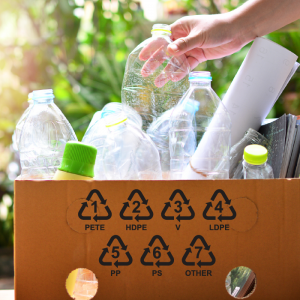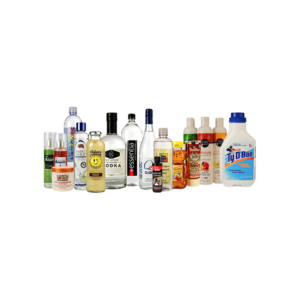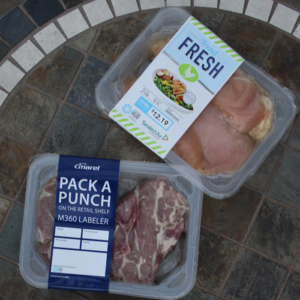Ensure your labels are not limiting packaging recyclability

You may be wondering how a label can limit packaging recyclability at the end of your product’s lifecycle. The reason is the label adhesive. Label adhesive contains silicone which is not a recyclable product. If the consumer doesn’t remove the label prior to placing in the recycling bin, it becomes exceedingly difficult for recycling centers to remove a label during their process, especially on PET containers. The reality is that a lot of these products still wind up in a landfill because it becomes to inefficient and expensive for recycling centers to remove the adhesive residue. Most consumers do not realize that even though they are placing items in their recycle bin, because they aren’t removing the label and the container cap, they aren’t doing enough to ensure that their waste doesn’t end up in a landfill. Some recycling centers will still attempt to recycle products that has adhesive residue on the product packaging, but this creates impurities in the material and is of less value. This is called downcycling. As the product packaging goes through the recycling process, the impurities can cause discoloration and will lead to the eventual breakdown of PET.
There are solutions on the label market to ensure a label can be removed by recycling centers. We work with label manufacturers such as Raflatac to supply our customers with wash-off adhesives which will wash off of a PET container but still create a permanent bond during the product’s lifecycle. During the recycling process, the polypropylene label will float while the PET flakes will sink. This simple solution allows for the clean collection of the more valuable PET flakes to be recycled or upcycled into something new.
 A guide to plastics
A guide to plastics
Every plastic container is required to alert the consumer to the makeup of a plastic container but most consumers are not aware what these codes mean. Here is a quick guide to the different types of plastics.
PET 1: Polyethylene Teraphthalate – PET, PETE plastics, also known as polyester.
PET plastic is strong, clear and lightweight. It is shatter-resistant and is an ideal choice for beverages, refrigerated foods and frozen foods. It provides a barrier to oxygen, moisture and carbon dioxide. PET is recyclable.
HDPE 2: High Density Polyethylene (HDPE)
Available unpigmented or pigmented, HDPE is chemical resistant and strong. It is the ideal choice for juice jugs and laundry detergent. HDPE is recyclable.
V 3: PolyVinyl Chloride – PVC, Vinyl
PVC can be rigid or flexible and offers a good chemical resistance. It is also very strong making it the ideal choice for pipes, medical tubing and shower curtains. PVC is not recyclable.
LDPE 4: Low density polyethylene – LDPE
LDPE is usually used as a film but is also great for flexible packaging. LDPE is ideal for trash bags, bread bags, and sandwich bags. Most cities accept #4 plastics but not grocery bags as they will get stuck in the gears and stop their equipment.
PP 5: Polypropylene – PP
PP plastics offer good chemical resistance, low moisture-vapor transmission, and a high melting point. PP is typically used for Tupperware, yogurt tubs, medicine and plastic soda caps. PP plastic can sometimes be recycled. Call your local recycling facility for details.
 PS 6: Polystyrene – PS
PS 6: Polystyrene – PS
PS, otherwise known as Styrofoam, is a stiff plastic that is rigid or foamed. It has a low melting point. Offers good moisture barrier and insulation. Common uses include food trays, disposable cups, and packing peanuts. PS plastics can sometimes be recycled. Call your local recycling facility for details.
Other 7: Any other type of plastic
Other plastics are usually a combination of plastics 1 – 6 or less commonly used plastics. Includes polycarbonate and bioplastics. Biodegradable plastics are not recyclable.
Can labels be recycled?
Labels cannot be recycled but you can still ask about a thinner facestock or switch to a linerless material, if that option is available to you. Ask your label manufacturer and local recycling centers if they offer any programs to recycle liner waste. Learn how switching to thinner label materials can equal a large reduction of your carbon footprint.
